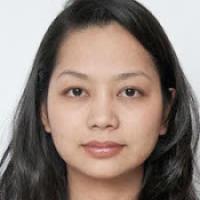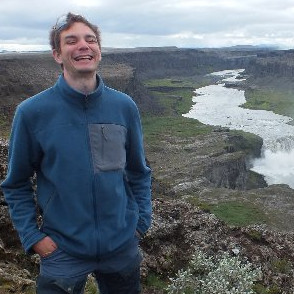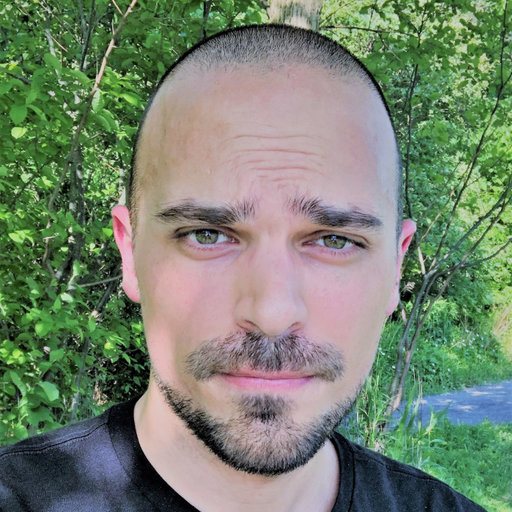People
-
Thomas Cleland (PI)
My research concerns how complex cognitive and perceptual phenomena can arise from, and be regulated by, cellular and neural circuit properties. Primarily using the sense of smell (olfaction), my students, colleagues, and I ask how learning, memory, expectation, and like processes shape the transformations performed on sensory inputs within relatively […]
-
Christiane Linster (PI)
In my research, I focus on the neural basis of sensory information processing, using olfaction as a model system. I am primarily interested in the relationship between perceptual qualities, as measured by behavioral experiments, and neural activity patterns, as observed electrophysiologically. My present work concerns how the central nervous system […]
-
Matt Einhorn (Programmer and technician)
Matt Einhorn develops hardware and software for experimental design and control, as well as managing lab operations. Among his creations for the lab are Glitter2, PyMoa, and Filers2, as well as the experimental control system Ceed, which is used to manage our electrophysiological recording rig for optogenetically active brain slices, […]
-
Chen Yang (Programmer/Analyst)
Currently, Chen is working on Annolid: an instance segmentation-based multiple-animal tracking and behavior analysis package, and on an analysis workflow for the registration, segmentation, and automatic labeling of labeled neurons in three-dimensional light-sheet images of cleared brains. Chen previously worked on medical image archiving and analysis at Mount Sinai Medical Center. […]
-
Olga Escanilla (Postdoc)
My research includes in vivo electrophysiological recordings and rat behavior analyses to study motivated behavior. I am particularly interested in multisensory integration between taste and smell.
-
Jeremy Forest (Postdoc)
I am interested in the biological and computational mechanisms underlying learning and memory and how these mechanisms enable the emergence of metarepresentation and more particularly metalearning. My PhD work was focused on understanding the learning and memory mechanisms involved in olfactory perceptual learning in the olfactory bulb in mice — […]
-
Roy Moyal (Postdoc)
My research focuses on the role of oscillatory synchronization in sensory processing. In my dissertation, I studied the effects of attention on vision and memory by applying machine learning techniques and functional connectivity analysis to fMRI and EEG data. In my current position, I implement spiking neural network models for […]
-
Jesse Werth (PhD student)
My research explores the dynamics of olfactory bulb (OB) circuitry, and the roles of oscillatory synchronization in olfactory processing. To this end, I record activity from OB slices with multielectrode arrays in combination with optogenetic and pharmacological approaches. Specifically, using slices from OMP-ChR2 transgenic mice (which express channelrhodopsin-2 in the […]
-
Michael Mariscal (PhD student)
The temporal coordination of neural firing allows for the dynamic communication between brain areas. In the olfactory system, two oscillations may transiently facilitate this coordination: gamma, which is thought to originate in the olfactory bulb, and beta, which is thought to occur during the interaction between the olfactory bulb and […]
W249 Mudd Hall and
208 and 278E Uris Hall
Cornell University
Ithaca, NY 14853
Recent News









